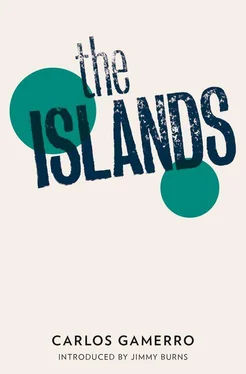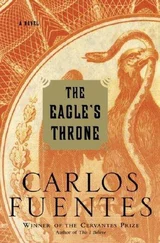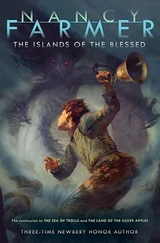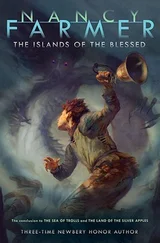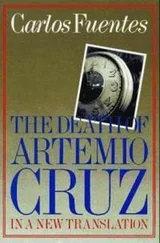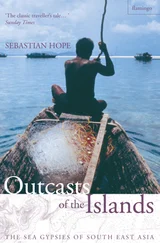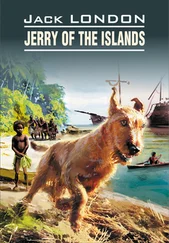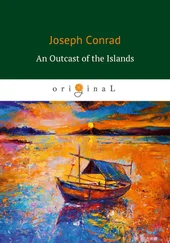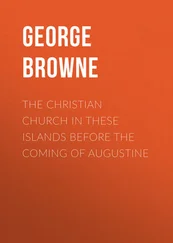The second, which included the assault on the inner ring of hills surrounding the town, was far simpler. The Scots Guards — green about the ears compared to the marines — found themselves up against the marine infantry from R5 on Monte Tumbledown, and to save time I copied the battle of Dos Hermanas (as long as he was winning Verraco wouldn’t spot the ruse) and for Wireless I copied a few sequences from Longdon, which had also been attacked by paras and defended by R7. Then I spent about fifteen minutes weighing up the pros and cons of inventing the battle of Monte William, because I couldn’t take any more. But I could just picture Verraco: ‘What, Félix? You make me a video game of the war and don’t put any Gurkhas in it?’ The number of times I must have heard him say ‘I’d like to see those kukris take on our Correntino machetes,’ but as there was no gaucho duel option on the menu and the neurons in my brain had long since fried their last synapse, I rifled through the pile of floppies until I found a Ninja Turtles game I’d copied for a neighbour’s kid and threw in a couple of sequences from that: the Japanese did pretty well for the Gurkhas, despite the samurai sabres, and the Ninja Turtles looked more human than we did after two months in the trenches. So we won the battle with sticks and karate kicks and, though it was all quite ludicrous and at any other time would have had me in stitches, I now found it rather sad: my own jokes were depressing me. The Gurhkas were the ace up the enemy’s sleeve and, once they were defeated, their fate was sealed. But maddened by the inconceivable defeat of the men and arms of NATO at the hands of an army of spear-toting natives, they attempt one last counter-attack and a group of officers orders their last, exhausted and demoralised troops to make a suicide attack on Colina del Zapador, a gently sloping hill two kilometres from Puerto Argentino: the few survivors of 45 Commando and the Welsh Guards that hadn’t been consumed on the Sir Galahad stumble like zombies into the fire power of our marine infantry, and if a few escape with their lives, it’s because, at about 1300 hours on 14th June 1982, the English High Command, finally understanding the desperate nature of their position, run up the white flags over San Carlos, Goose Green and Kent, and at 2100 hours the same day Major General Jeremy Moore unconditionally surrenders — this time without crossings-out — to the Commander-in-Chief of the Argentinian forces, General Héctor P. Verraco. The remains of the fleet, mainly transport and supply ships, had turned tail several days earlier, leaving the landed troops to their fates. The few surviving soldiers and officers (to a man, they all had to leave the Islands as prisoners on Argentinian ships, there being no honourable retreat option on the menu) are taken to Buenos Aires to be paraded at the victory celebrations and then rounded up like cattle onto a Buquebus and ferried over the river to Montevideo.
The Argentinian ships, on the other hand, enter the southern ports sounding their sirens and laden with victorious soldiers, and what wild delight there is in the population, who come out to welcome them as a single man and carry them through the streets on their shoulders. Young girls hurl flowers at their feet and slip scraps of paper with telephone numbers into their palms; mothers lift their children to watch them pass and fill their arms with food; fathers crack open bottles of wine and raise their glasses to them in the middle of the street. They advance in a cloud of blue-and-white flags and ribbons and confetti that rain down from on high as if the very stands of heaven were celebrating too. An airlift on an unprecedented scale is organised to take them to their homes as soon as possible and, a few hours after the last shot was fired, they’re eating ravioli or barbecued ribs, kissing their girlfriends, playing with the dog, and the celebrations in every neighbourhood last till dawn. The houses of ex-combatants can be recognised by the queues of neighbours eager to congratulate them, which start at their open doors and stretch round the whole block. Special charter flights are hired to whisk to the Islands the relatives of those privileged enough to stay behind and look after this new corner of the Fatherland, just so that their fathers and grandfathers and brothers can walk with them hand in hand through the lands and under the skies for which they’d been willing to part with each other for ever. And they walk together late into the night, oblivious to the cold, in groups of two, three, six or seven, some with their children in their arms, pointing to things they’ll never forget: ‘That hole was made by an English missile; this is the Governor’s house, the scene of the first skirmishes; we took enemy prisoners to the port along this avenue; this is a Kelper, Señor Jones. Don’t be afraid; he’s Argentinian now, like us. Keep them for after dinner and say thank you to Señor Jones.’ Meanwhile, back on the mainland, lists of ex-combatants benefiting from special employment schemes, housing plans and scholarships start being published in the first week after the victory, not to mention pensions for the war-disabled and the families of those who laid down their lives for the Fatherland, which have been declared a national priority. A few days later a procession is organised, a Roman triumph in honour of the liberator of the Malvinas and brand-new president of the Argentinian people, General Héctor P. Verraco. Standing atop an Islands-shaped carnival float pulled by assorted paras, commandos, Scots Guards, Welsh Guards and Gurkhas held hostage, Verraco parades up the Avenida 9 de Julio, followed by the victorious troops and an impressive cortège of jeeps, lorries, tanks, missile launchers and anti-aircraft batteries, while wave after wave of Mirages, Skyhawks, Daggers and Pucarás, and captured Harriers, skim the tops of the buildings, merging their wide, white contrails, which, flanked on either side by the blue of the sky, form a huge patriotic flag that wraps the city in its folds. Awaiting him at the monumental victory temple erected in record time at the junction of Avenida Libertador is the Pope, who has prolonged his visit to Argentina especially (Verraco had better not look too closely because, finding no Popes on the menu, I’d had to make do with an Ayatollah), with a laurel wreath in his hands, which, with due respect, the Argentinian general takes from him and lays over his temples himself.
I decided to close the game with an image of Puerto Argentino exactly as it would look today, ten years after the victory. I did this by scanning some photos of Ushuaia, the most similar-looking Argentinian city I could find, and combining them with the landscape of the bay and hills surrounding the Islands’ capital, thus turning it into a city of high-rise buildings and newsboys touting Clarín, La Nación, La Prensa and La Gaceta de Malvinas ; of people buying Particulares or Chocolinas at the kiosks, or tucking into prime rib and chips or gnocchi or milanesas and quaffing Quilmes in the pizza parlours at lunchtime; of record shops from which blared the voices of Sandro and Charly García; of bars where, on Monday mornings, over their coffee and medialunas, people discuss Racing v San Lorenzo, or the possibilities of their local team being promoted to the first division; of children in white pinafores on their way to school and high-school children from the mainland on their school-leavers’ trips buying the local chocolate while they wait for the coach to take them skiing on Monte Longdon or out clubbing in Moody Brook; of colectivos unloading their passengers at street corners and mothers discussing Mirtha Legrand’s latest chat show at the hairdresser’s. It was mid-morning, and the noises of the city, which I’d thought were from the streets of Puerto Argentino, were coming from outside my apartment windows. We did it, I thought, closing my eyes and listening to the disc purring as it recorded the finished version of the game. We won.
Читать дальше
